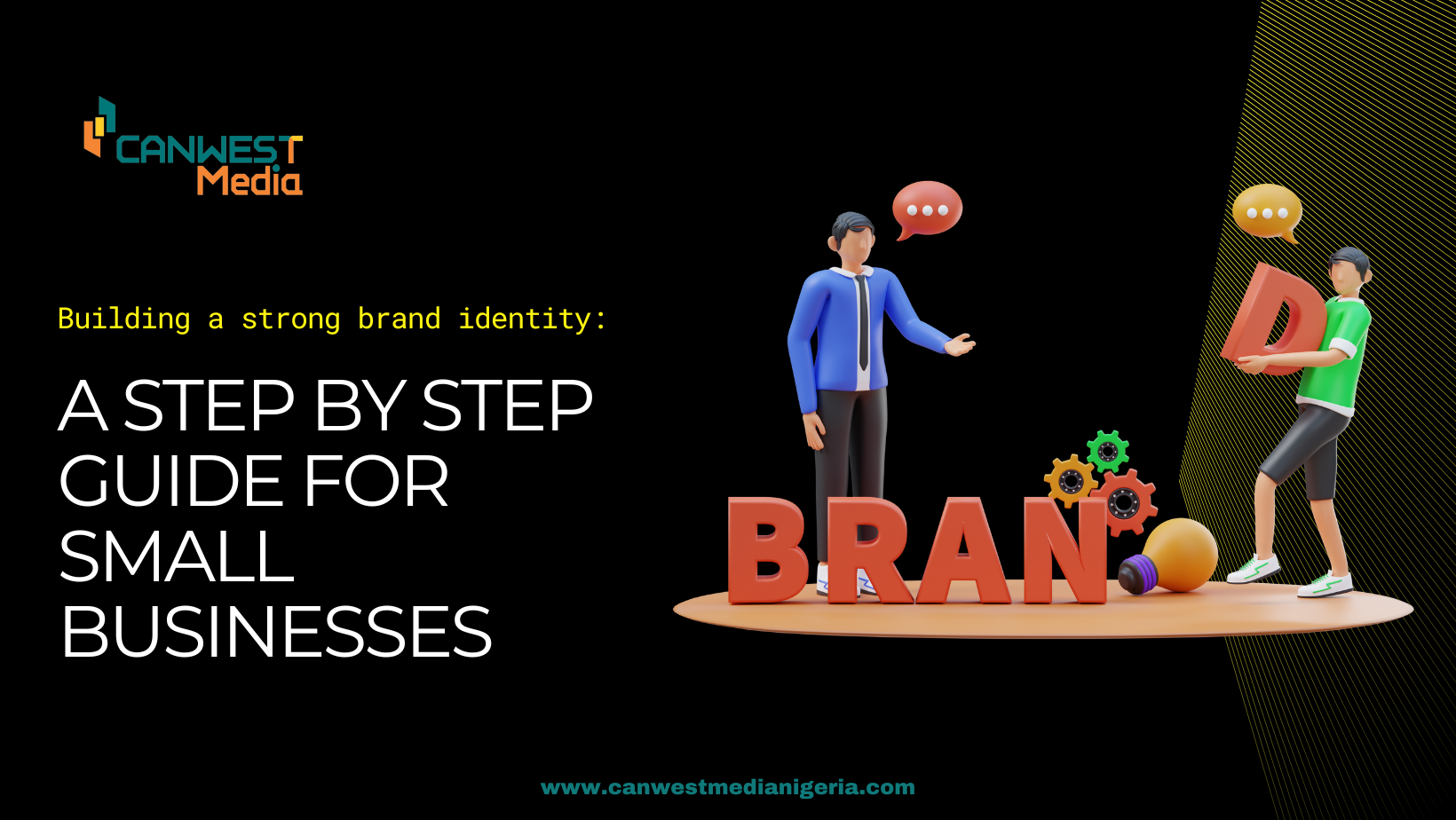
BUILDING A STRONG BRAND IDENTITY: A STEP-BY-STEP GUIDE FOR SMALL BUSINESSES
Building a strong brand identity is crucial for small businesses aiming to stand out in competitive markets. A well-defined brand identity not only attracts customers but also fosters loyalty and trust. Here’s a comprehensive guide to help you establish a compelling brand identity step-by-step.
Define Your Brand Strategy
Clearly articulate your purpose and what your business aims to achieve. You also need to envision where you want your business to be in the future. Identify core principles that guide your business practices.
Know Your Target Audience
Conduct thorough market research to understand your target demographic. Create buyer personas to visualize and understand your ideal customers’ needs and preferences.
Create a Unique Value Proposition (UVP)
Define what sets your business apart from competitors. Communicate your UVP clearly and succinctly in all branding materials.
Design Your Brand Visuals
Design a memorable and versatile logo that reflects your brand’s personality. Choose colors that resonate with your brand’s values and appeal to your target audience. Select fonts that align with your brand’s voice and are readable across different platforms.
Develop Brand Messaging
Craft a consistent brand voice that reflects your brand’s personality.
Create key messages that convey your UVP and resonate with your audience. Ensure all communications (website, social media, customer service) reflect this voice.
Build Your Online Presence
Develop a user-friendly website that reflects your brand identity. Establish a presence on platforms where your audience is active.
Create valuable content that aligns with your brand’s values and engages your audience.
Consistency is Key
Maintain consistency across all brand elements (visuals, messaging, tone) to build recognition and trust. Regularly review and update your brand guidelines to ensure consistency as your business evolves.
Engage with Your Audience
Foster relationships through social media engagement, personalized customer service, and community involvement. Encourage user-generated content and testimonials to build credibility.
Monitor and Adapt
Track brand performance metrics (awareness, sentiment, engagement) to gauge effectiveness. Adapt strategies based on feedback and market trends to stay relevant.
Conclusively, building a strong brand identity is essential for small businesses navigating competitive markets. It involves defining a clear mission, understanding the target audience deeply, and crafting a unique value proposition. Visual design, including logos and color schemes, alongside consistent messaging across all platforms, reinforces brand identity. Maintaining this consistency, coupled with engaging customers through personalized interactions and valuable content, fosters trust and loyalty. Continuous monitoring of performance metrics and adapting strategies based on insights ensure sustained relevance and resonance in the marketplace. Establishing a robust brand identity requires ongoing dedication and strategic alignment with evolving market dynamics, enabling small businesses to stand out and thrive amidst competition.
